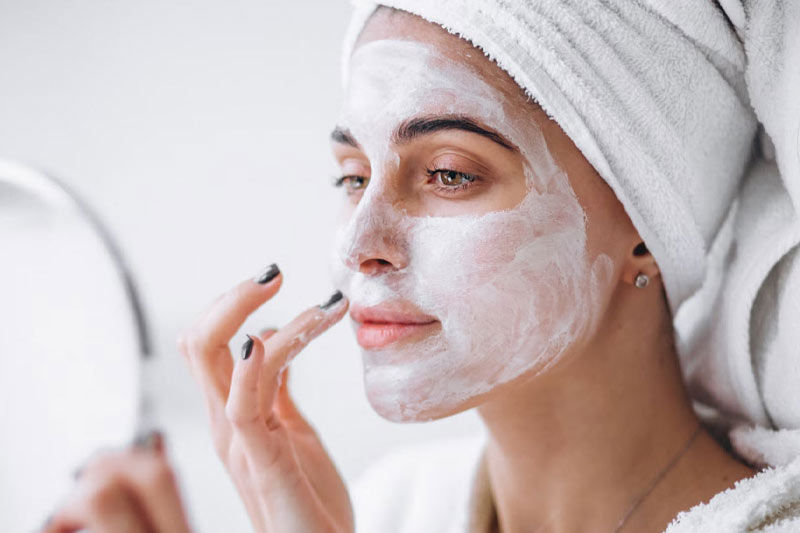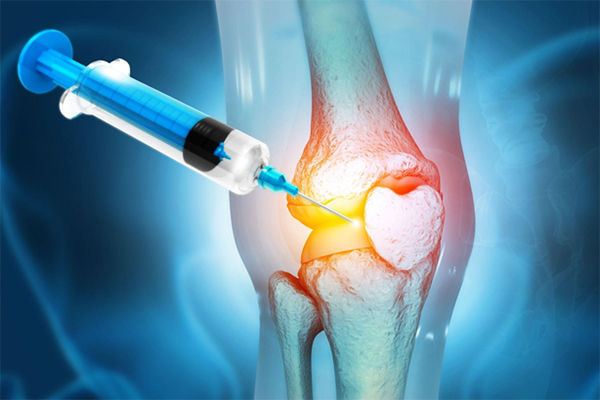Understanding and Repairing Your Skin Barrier: Signs, Causes, and Modern Treatments
- LV Wellness , Mukilteo, WA.
- 5 days ago
- 3 min read

Here at LV Wellness, we believe it’s essential to keep our clients well-informed to inspire their best health and beauty, nourishing both from the inside out.
With this commitment in mind, we want to shed light on a foundational yet often overlooked aspect of skin health: the skin barrier. This vital layer acts as your skin’s first line of defense, shielding you from environmental stressors while locking in moisture to keep your complexion radiant and resilient. Understanding how to recognize when this barrier is damaged—and knowing the best ways to repair it—can dramatically improve your skin’s health and appearance. In this article, we’ll explore the signs of a compromised skin barrier and introduce advanced treatments such as medical peels, microneedling, PRP facials, and laser therapy that can help restore and strengthen your skin’s natural protection.
Intro
Your skin barrier is your body's frontline defense, crucial not only for beauty but for overall skin health. This thin, delicate layer protects you from environmental stressors and locks in moisture to keep your skin hydrated and resilient. When damaged, your skin can become dry, sensitive, and irritated. Luckily, modern dermatology offers advanced treatments like medical peels, microneedling, PRP facials, and laser therapy to restore and strengthen this vital barrier.

What Is the Skin Barrier?
Located in the outermost layer of skin (stratum corneum).
Composed of dead skin cells (corneocytes) embedded in a lipid matrix (ceramides, cholesterol, and fatty acids).
Functions to:
Retain moisture.
Protect against toxins, pollutants, allergens, and microbes.
Maintain skin pH and immune defense.
Essential for smooth, healthy, glowing skin.
Signs Your Skin Barrier Is Damaged
Common symptoms include:
Dryness and tightness.
Redness and inflammation.
Flaking and peeling.
Increased sensitivity to skincare products.
More frequent breakouts and irritation.
Causes of damage:
Over-cleansing or harsh soaps.
Excessive exfoliation or use of strong acids.
Environmental stressors like UV radiation and pollution.
Skin conditions such as eczema or rosacea.
How to Repair the Skin Barrier: Basic Skincare Tips
Use gentle, pH-balanced cleansers.
Avoid over-exfoliating; limit use of harsh acids and alcohol-based products.
Apply moisturizers with barrier-supportive ingredients such as:
Ceramides: help rebuild lipids.
Fatty acids: nourish and reinforce.
Humectants like hyaluronic acid to attract moisture.
Protect skin daily with broad-spectrum sunscreen.

Advanced Treatments to Restore Your Skin Barrier
When basic care isn't enough, clinical treatments can jumpstart healing and renewal.
Treatment | How It Works | Benefits for Skin Barrier | Considerations |
Medical Peels | Controlled chemical exfoliation of damaged layers | Stimulates collagen, removes damaged cells, improves hydration | Customized peel strength; downtime varies |
Microneedling | Tiny micro-injuries stimulate skin regeneration | Boosts collagen production and strengthens skin structure | Minimal downtime; best with professional application |
PRP Facials | Platelet-rich plasma from your blood speeds healing | Enhances collagen/elastin; natural tissue repair | Often combined with microneedling for best results |
Laser Treatments | Ablative/non-ablative lasers resurface skin | Removes damaged skin cells, boosts regeneration, improves texture | Requires downtime; skin type consideration needed |
Medical Peels (Chemical Peels) Medical-grade peels exfoliate damaged or dead skin cells in a controlled way, triggering new cell growth and collagen production. This process not only smooths skin texture but also repairs the integrity of the skin's lipid barrier, improving hydration and protection. Different peels are tailored for skin type and condition, making them safe for sensitive or dry skin when properly managed.
Microneedling This procedure uses fine needles to create tiny micro-channels in the skin that trigger the body's natural wound-healing response. The result is increased collagen and elastin, reinforcing the skin's physical barrier and improving moisture retention. Regular sessions can restore skin thickness and resilience lost from damage.
PRP Facials Using your own platelet-rich plasma loaded with growth factors, PRP treatments accelerate skin repair and stimulate regeneration on a cellular level. When combined with microneedling, PRP enhances outcomes, promoting stronger, healthier skin capable of maintaining an effective barrier.
Laser Treatments Lasers precisely remove damaged outer skin layers, stimulating the deeper regeneration processes that build new collagen and restore skin architecture. While some laser treatments require downtime, they can dramatically improve skin texture, barrier function, and youthful appearance.
Supporting Your Skin Barrier During and After Treatments
Follow personalized skincare advice from your dermatologist.
Use nourishing moisturizers rich in ceramides and antioxidants.
Avoid over-exfoliation and harsh products during healing.
Always apply sunscreen to protect the newly restored skin.
Conclusion
Your skin barrier is vital for healthy, vibrant skin. Recognizing signs of damage early and adopting proper care can prevent long-term issues. For deeper repair, advanced treatments such as medical peels, microneedling, PRP facials, and lasers offer powerful solutions to restore and strengthen this essential skin defense. Consult with a skincare professional to choose the best path to resilient, glowing skin.
For personalized guidance and expert care in improving or restoring your skin barrier, don’t hesitate to contact LV Wellness—your journey to healthier, more radiant skin starts here.
Live With Vitality!
The LV Team



Comments